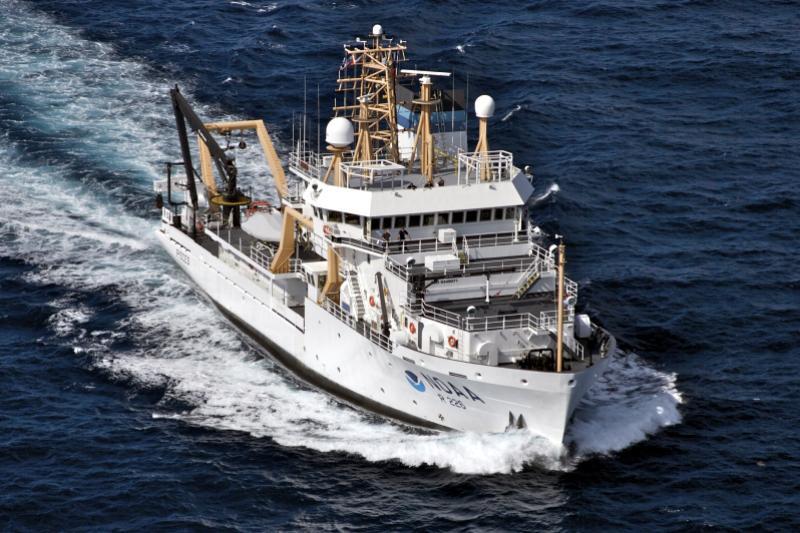
Surveying the Southeast: Diverse ecosystems, abundant recreational fishing, and sharks
by NOAA Fisheries 2 Jun 2022 19:51 UTC

Homeported in Pascagoula, Mississippi, NOAA Ship Pisces is the third in a class of state-of-the-art, acoustically quiet fisheries survey vessels built for a wide range of living marine resource surveys and ecosystem research projects © NOAA Fisheries
The southeast region is one of our most diverse, encompassing four main large marine ecosystems.
On this episode of Dive In with NOAA Fisheries, John Sheehan continues our series on the different regional science centers and their scientific surveys. We talk with Dr. Clay Porch, Director of the Southeast Fisheries Science Center, to learn more about the Southeast's many attractions—including more recreational fishing than the rest of the country combined!
This episode also explores a specific survey—the bottom long line survey—that is vital to managing one of the southeast's most important stocks, the Red Snapper. It also involves physically handling many different kinds of sharks.
Hear why this survey is critical to keep track of large predators, and what it's like to fish for sharks from Dr. William "Trey" Driggers. He's a research fishery biologist who has been working the bottom long line survey for many years. This ship-based survey goes from Cape Hatteras, North Carolina down to around West Palm Beach, and in the Gulf of Mexico from the Dry Tortugas Islands to the Mexico/U.S. border at Brownsville, Texas.
The southeast also has several very specific environmental challenges, one of which is hurricanes and major storms. How can our science and surveys help in responding to those storms? How has the pandemic has impacted our surveys in this region? What big shifts have we seen in the last five to ten years as a result of climate change in the Southeast?
Listen in to find the answers to these questions and more!